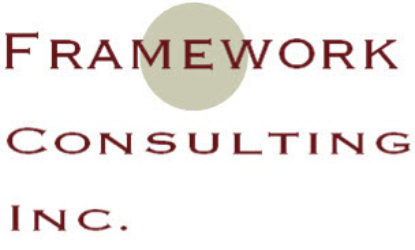Imagine you lead a government ministry, department, or agency. As you approach the season for submitting annual reports and corporate plans, you realize something is missing. The very reason you entered public service is being lost in paperwork.
This challenge isn’t unique to any single country—it’s a global phenomenon affecting government leaders worldwide, whether they’re working within established national development frameworks or considering creating one.
A Case Study in National Vision: Jamaica’s Experience
To understand this dynamic, consider Jamaica’s Vision 2030—one of the world’s most comprehensive national development plans. For over 16 years, more than one hundred government organizations have submitted detailed annual plans to parent ministries, creating a rigorous process that private sector executives often admire. It represents a remarkable achievement in sustained strategic execution.
Dr. Wesley Hughes, the plan’s architect, originally envisioned something transformational. In his forward to the Vision 2030 document, he wrote: “Today, our children have access to technologies that were once considered science fiction. They seek opportunities to realize their full potential. This Plan is to ensure that, as a society, we do not fail them.”
Hughes continued: “We have a duty to ourselves, to the sacrifices of past generations and to the hopes of future generations, to preserve the best of our country and to transform the worst. The outcome in 2030 is dependent on the decisions we make today.”
However, as insiders know, even the most well-intentioned national frameworks can become sources of bureaucratic dread rather than inspiration. How does this happen, and what can leaders worldwide learn from this experience?
The National Vision Compliance Trap
The primary problem—whether in Jamaica or any country with strategic planning processes—is that organizations typically complete their internal plans before “aligning” them with the national vision. Compliance checking becomes the final step rather than the foundational starting point.
This approach is fundamentally backwards, like deciding to travel somewhere before determining why the journey matters.
Consequently, civil servants feel constrained rather than inspired by their national development framework. For countries without established national plans, this offers a crucial lesson: the implementation process matters as much as the vision itself.
Universal Principles for Government Leaders
Whether you’re operating within an existing national framework or considering developing one, the solution involves reclaiming strategic voice through fundamental questions:
“What does our country need from this organization to accomplish our national vision?”
“What game-changing outcomes aren’t explicitly captured in current planning but have become critical?”
“What goals should influence the next (or first) iteration of national planning?”
Reconnect with Original Purpose
Study Dr. Hughes’ approach as a model. He didn’t create Vision 2030 as bureaucratic compliance exercise—he crafted it as a covenant with future generations. Government leaders worldwide can apply this principle by:
- Returning staff to the original purpose behind strategic frameworks
- Connecting teams with the deeper reasons they joined public service
- Making inspirational founding documents part of organizational culture
- Recognizing that most public servants want to accomplish more than mere survival
From Following to Leading: The Jamaica Model and Beyond
Jamaica’s experience offers both cautionary tale and opportunity. The country now stands at a unique inflection point—with remaining years in the Vision 2030 timeline that could become its finest contribution to national development.
This mirrors a broader truth: research shows humans overestimate short-term potential while underestimating long-term possibilities. Strategic initiatives often build momentum gradually, achieving exponential impact toward their timeline’s end.
For countries without national development plans, Jamaica’s experience suggests several critical design principles:
- Start with inspirational purpose, not compliance requirements, and convert these into frequent practices.
- Build implementation processes that energize rather than drain participants.
- Create feedback loops that celebrate progress toward transformational goals.
- Design planning cycles that connect daily work to generational impact.
The Global Leadership Choice
Whether you’re working within Jamaica’s Vision 2030, another country’s national framework, or considering developing strategic planning processes, the fundamental choice remains the same.
The question isn’t whether you have authority to lead transformational change—you do. The question is whether you have courage to use it.
Right now, government leaders across the globe face this choice. Will you spend your tenure perfecting compliance reports? Or will you use strategic planning as foundation for breakthrough leadership?
Dr. Hughes designed Vision 2030 to prevent society from failing its children. His vision applies universally: every government leader has opportunity to ensure their work serves future generations rather than mere bureaucratic efficiency.
Lessons for Countries Without National Plans
Jamaica’s experience offers valuable insights for nations considering comprehensive strategic planning:
- Start with inspirational architecture like Hughes created—connect planning to generational responsibility.
- Design implementation processes that inspire rather than constrain participants.
- Build momentum systems that recognize long-term strategic initiatives often achieve greatest impact at timeline’s end.
- Create cultural integration that makes strategic thinking part of daily organizational life.
History won’t remember executives who filed the most thorough paperwork. It will remember those who transformed their area of responsibility when game-changing leadership mattered most.
The choice, and the legacy, are yours—whether you’re building on Jamaica’s model or creating your own path toward national transformation.

